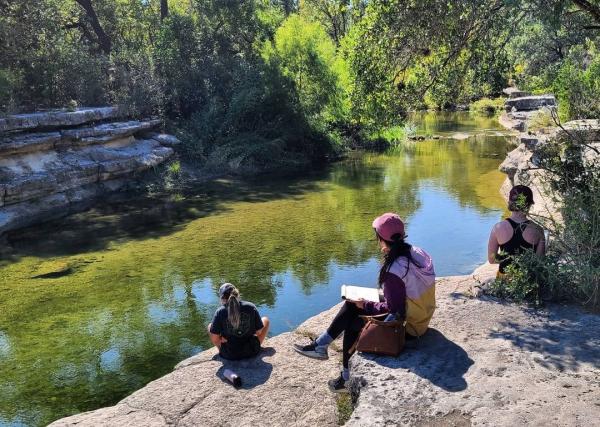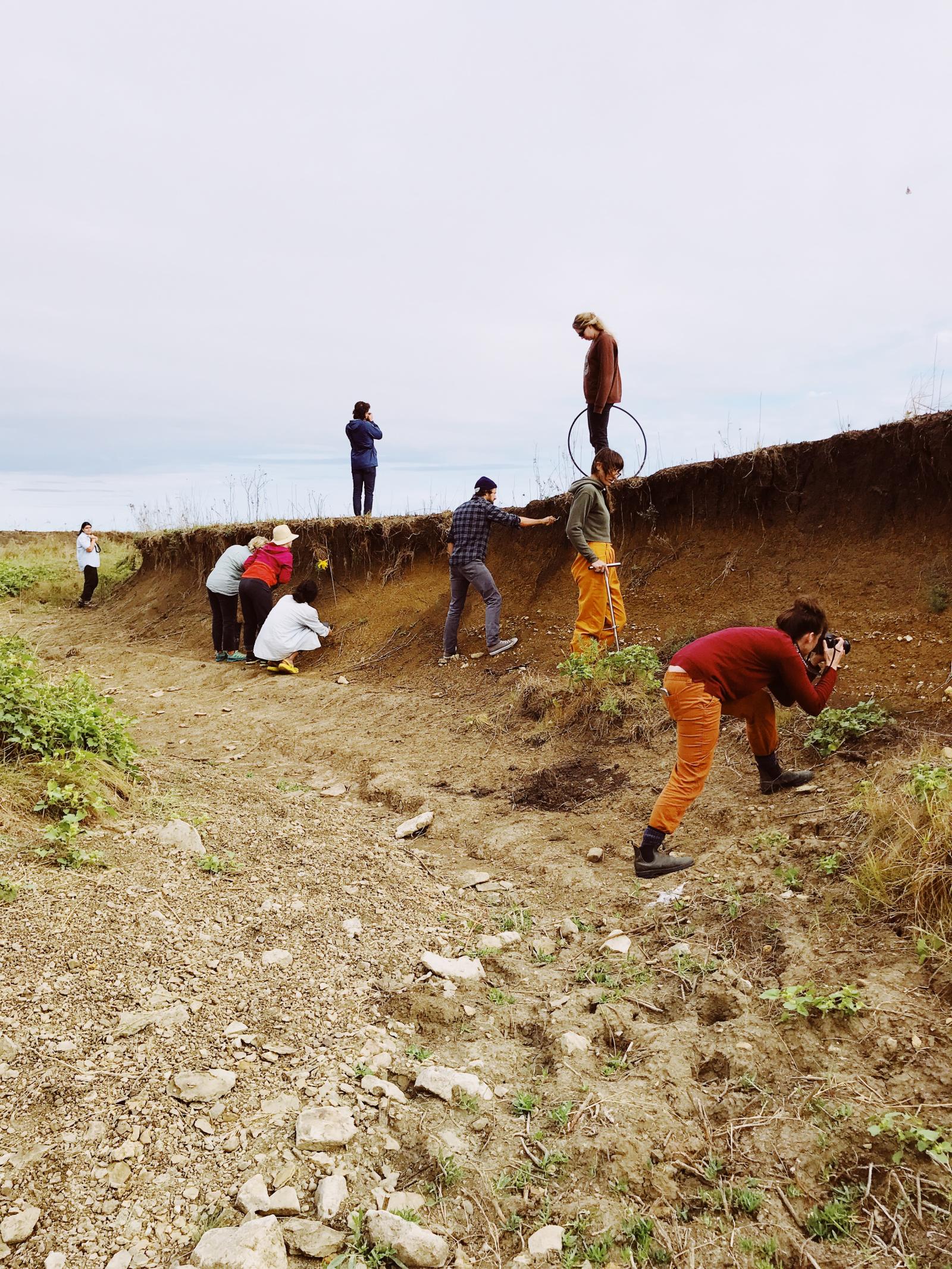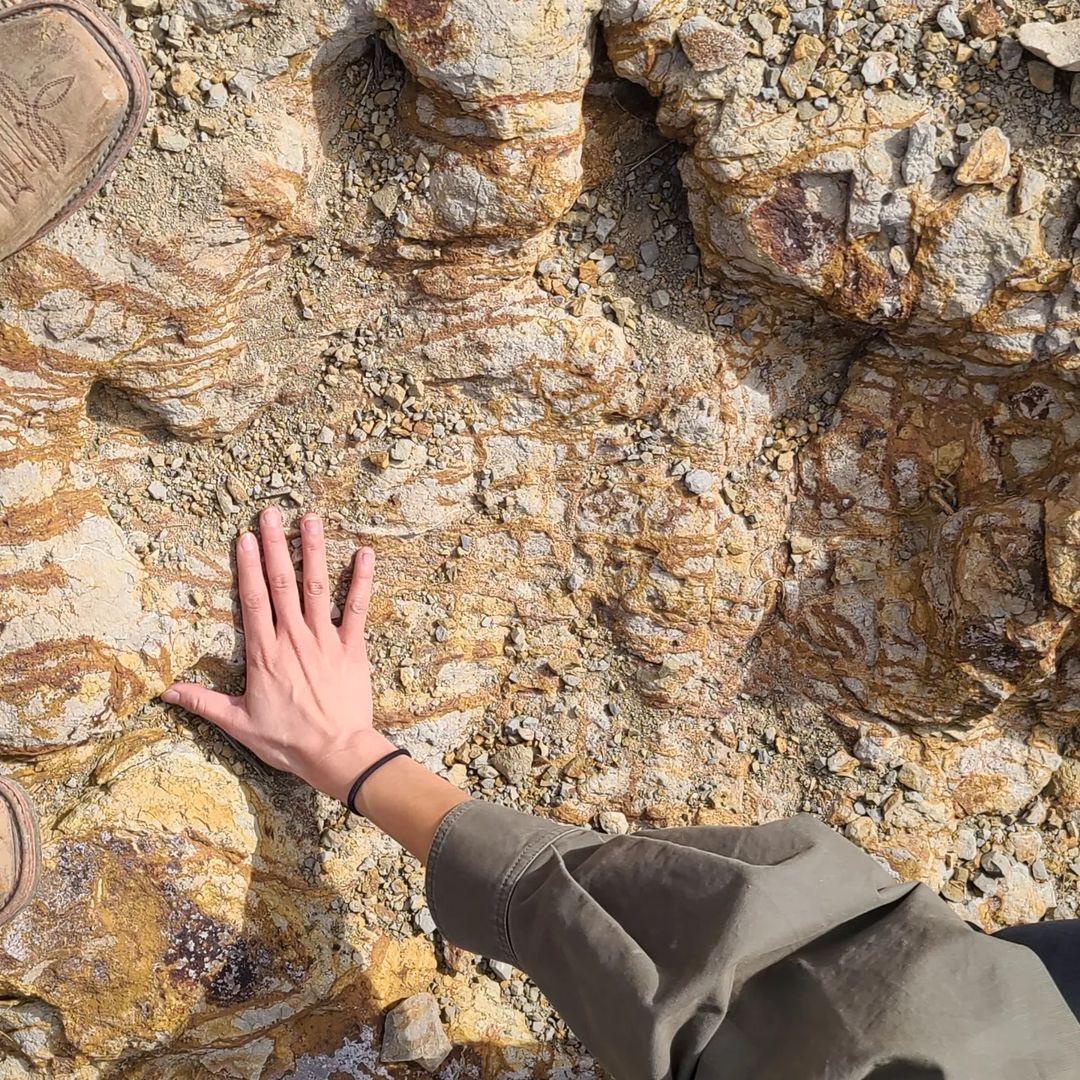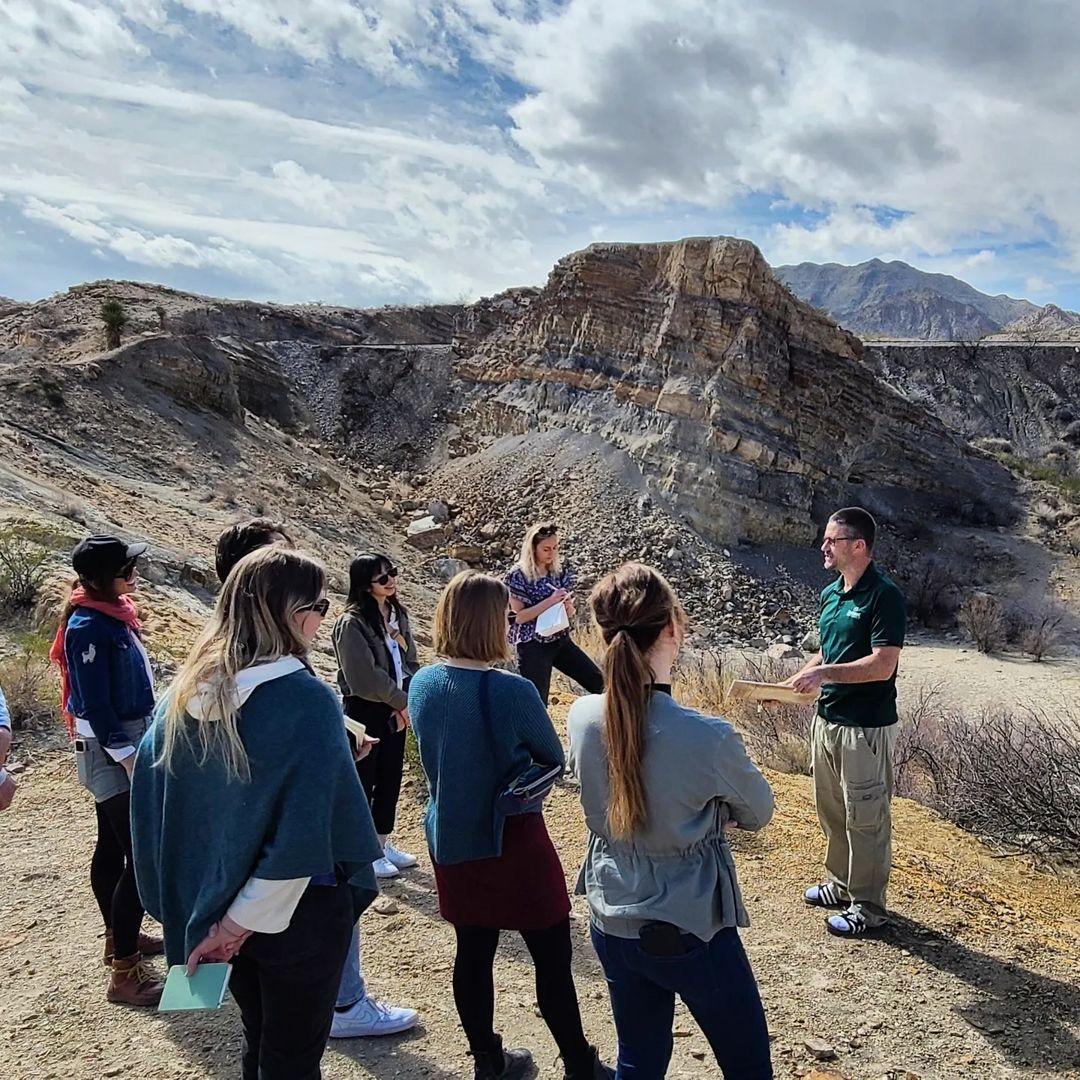Landscape Architecture Designated a STEM Discipline

As a field rooted in the natural, physical, and human sciences, landscape architecture applies scientific knowledge to the development of innovative solutions for design challenges in the built and natural world. Science, technology, engineering, and mathematics (STEM) are inherent in the academic foundations and the professional practice of landscape architecture, and landscape architects engage in cutting-edge research to explore issues related to the landscape—from stormwater control and agriculture to land use, renewable energy, and beyond.
Now, thanks to the U.S. Department of Homeland Security’s recent designation of landscape architecture as a STEM discipline, the field is officially recognized for the high degree of science, technology, engineering, and mathematics work required in its practice.
“The recognition of landscape architecture as a STEM discipline reflects the complexity of a discipline whose professional imperative is society's health, safety, and welfare,” said Associate Professor Hope Hasbrouck, Program Director for Landscape Architecture. “STEM-based research and study drive our students toward meeting the challenges presented by such a sweeping mandate.”
Landscape architecture’s designation as a STEM discipline advances landscape architecture education and practice by opening new research and funding opportunities and strengthening opportunities for collaborations with other disciplines in the physical and natural sciences. Additionally, the designation has important implications for the practical training of international students post-graduation.
Here at The University of Texas at Austin, landscape architecture degree programs study and explore the interconnections between ecology, geology, biodiversity, horticulture, engineering and site design, water management, and sustainability studies. Technologies like AR/VR and other digital visualization tools are incorporated into studios and visual communication courses, and classes like our Living Systems sequence introduce students to plant ecology, soils, and ecological and systemic methods particular to the design of the built environment.
STEM research completed by two UT Austin landscape architecture faculty—Associate Professors Phoebe Lickwar and Allan Shearer—was also cited in the white paper developed by the American Society of Landscape Architects advocating for the designation. These projects, which explore strategies for carbon accounting and sequestration via agro-ecological reforestation (Lickwar) and new risk-based approaches for incorporating uncertainty into forest conservation and management (Shearer), highlight just a couple of examples of how our faculty engage STEM concepts in their work.
The Landscape Architecture Program joins several other disciplines in the School of Architecture with the STEM designation, including the Master of Advanced Architectural Design, Master of Architecture First Professional, Master of Science in Sustainable Design, and Master of Science in Urban Design degrees.
“Accredited landscape architecture programs nationwide are grateful for the multi-year campaign spearheaded by a team of educators, practitioners, and officials from the American Society of Landscape Architects,” Hasbrouck said. “Our Master of Landscape Architecture and Master of Science in Landscape Architecture degree programs anticipate expanding support for students, sponsored research opportunities, and professional training.”
For more about the relationship between landscape architecture and STEM, check out the white paper developed by the American Society of Landscape Architects (ASLA) in support of the STEM designation.




